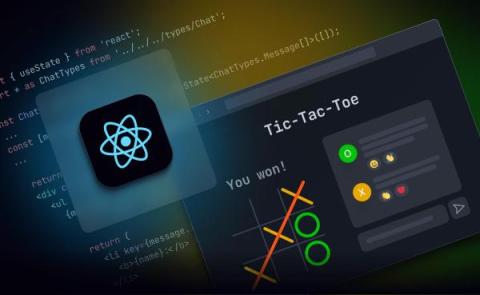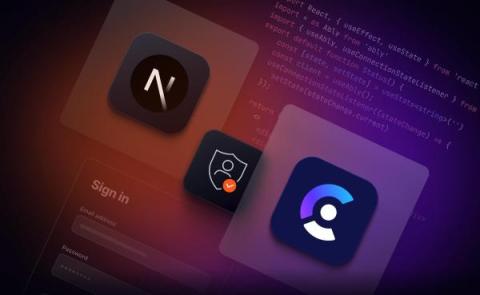10 realtime data sources you won't believe are free!
If you’re looking to build an app with realtime data APIs but don’t know which data source to use, you may find yourself struggling to get started due to the sheer amount of options available to you. In this blog, we’ll dig into some of our favorite free examples to choose from (it’s worth a quick note to remind you to check their usage license and free tier allowance). Below are data sources split into transport, weather, and currency sources.










